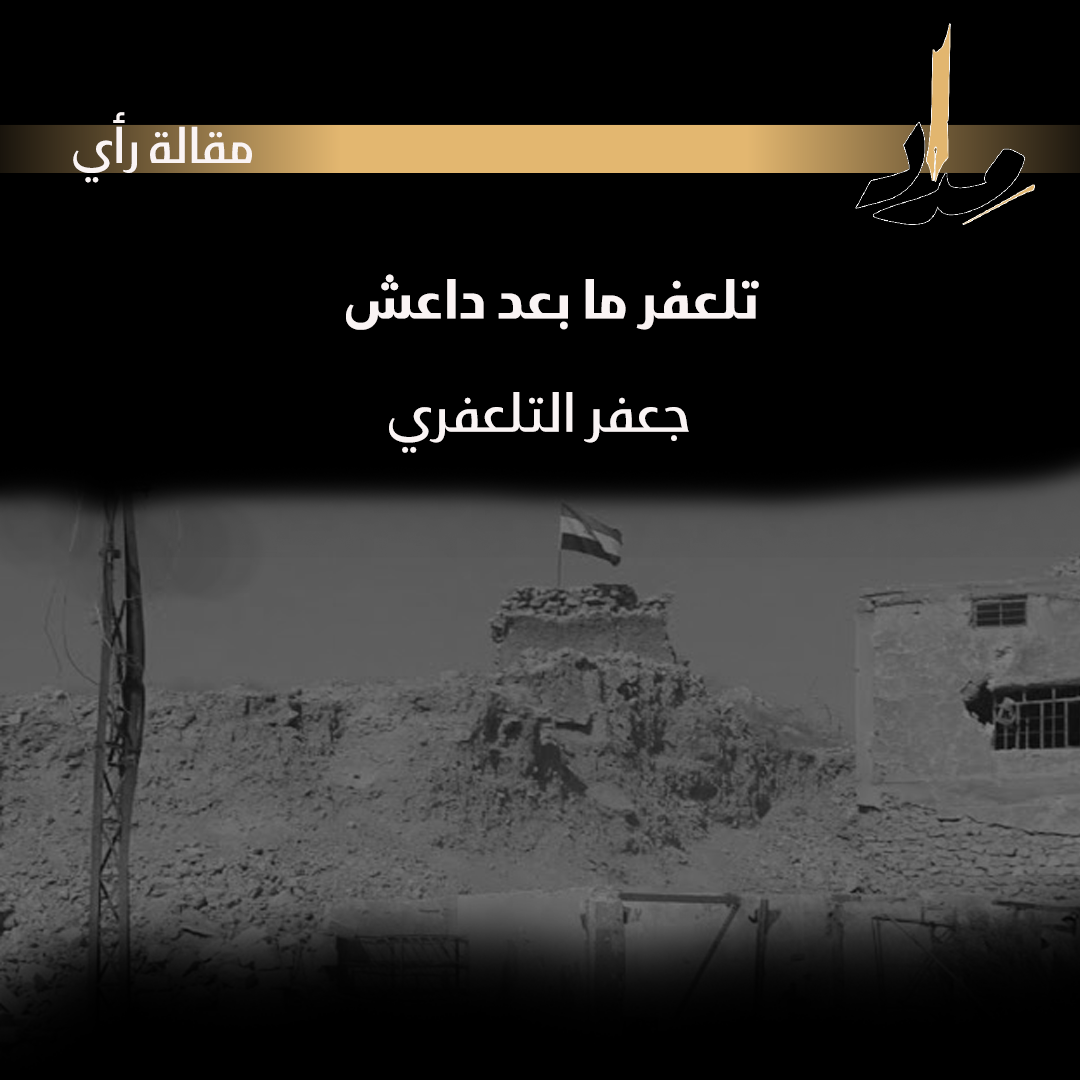 2021 / 01 / Sep
2021 / 01 / Sep
Tens of thousands of residents from Tel Afar remain displaced in other cities and provinces, as well as in Turkey. Their return is hindered by the destruction of their homes and the absence of fair government compensation, in addition to the lack of job opportunities that would allow for a dignified life. Some of them also face security concerns due to suspected links with the extremist group that once controlled the city. As a result, they cannot return without the approval of a tribal charter of honor that addresses this issue.
Tel Afar fell on June 26, 2014, just days after the fall of Mosul. Although its residents attempted to defend their city and resisted ISIS fighters, the depletion of weapons and ammunition, coupled with the central government's inaction, prevented them from continuing. They were eventually forced to flee—first to Sinjar (50 km west, a predominantly Yazidi area), and from there to other provinces.
Between 2005 and 2010, the city experienced a complex security situation. It was a battleground for terrorist operations and assassinations that left thousands of casualties and injuries, largely sectarian in nature. These conditions severely restricted the movement of residents, even limiting their access to hospitals and government offices in the provincial center.
Since the city’s liberation, government projects have been virtually nonexistent. In contrast, international organizations operating in Tel Afar have taken the initiative. They have worked to provide potable water, clean and pave roads, rehabilitate public institutions and schools, and restore electricity and water systems—albeit on a limited scale. They have also helped repair homes damaged by military and terrorist activities. These organizations supply medicines and medical equipment to the area's only hospital and health centers, and some even provide psychological and social support to residents suffering from trauma and in need of rehabilitation programs.

Writer